TRADITIONAL TOOLS
There are several stages involved in preparing traditional Turkish Coffee: roasting, cooling, grinding, cooking and serving. The traditional tools used in these processes have for the most part fallen victim to the passage of time and modernisation; today, they can only be found in museums, private collections and the windows of antique shops. In the order of their use, they can be described as follows:
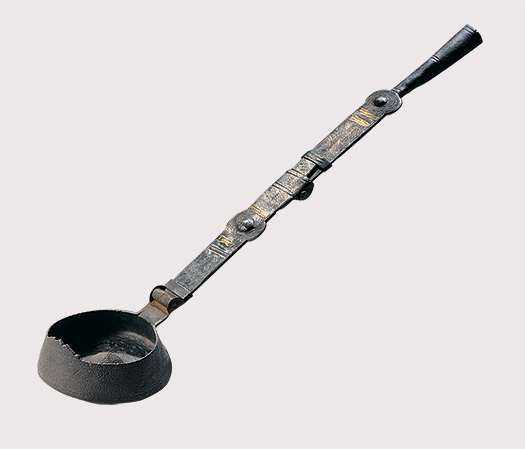
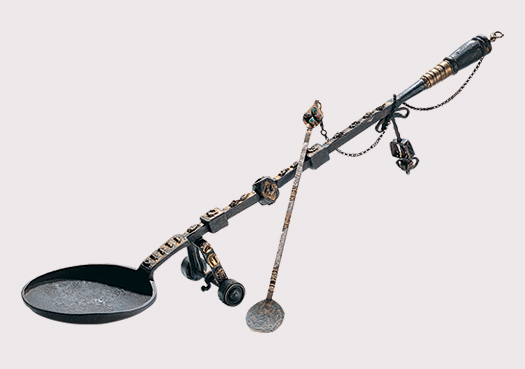
Two types of roasters were used, a “tava” (pan) or a “tambur” (cauldron). The pans were made either from beaten iron or, more rarely, from fired clay. The pans had long handles, some of which could be folded. Some of the large pans were mounted on wheels to make it easier to pass them over the fire. Others had roasting spoons attached to the pans by a chain. Roasting was performed over a stove or grill. Cauldron roasters were made from sheet iron and consisted of a hand turned cylinder fitted onto a small, square grill.
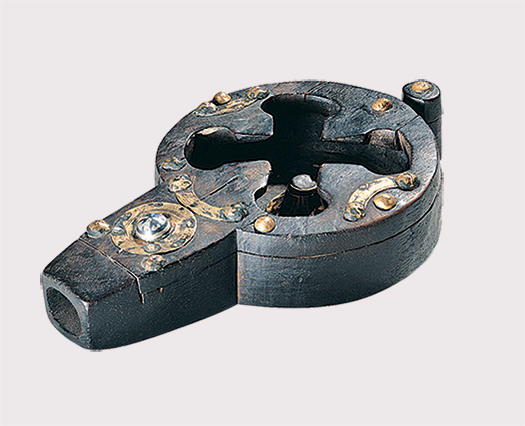
The roasted beans were transferred into hand carved wooden cooling bins that featured an opening for pouring out the coffee. The matchless cooling bins were decorated with carved motifs and are one of the finest examples of Turkish woodwork.
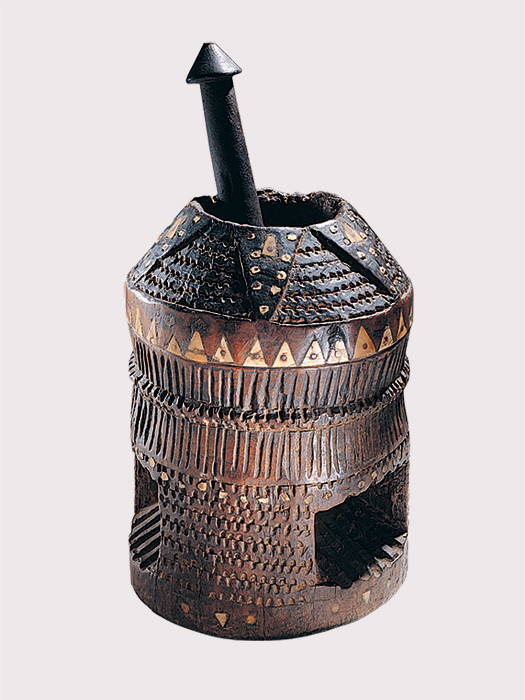
The beans were then ground either with a “havan” (mortar) or in a “dibek” (large mill). “Dibek” were handmade from wood, marble or stone; “havan” were made from cast bronze.

The beans were ground using pestles or mallets. Two types of mills were used: hand mills and larger “yer” mills. The hand mills were usually made of brass, although some had wooden handles. The “yer” mills were made of brass or wood, both of which had iron mechanisms.

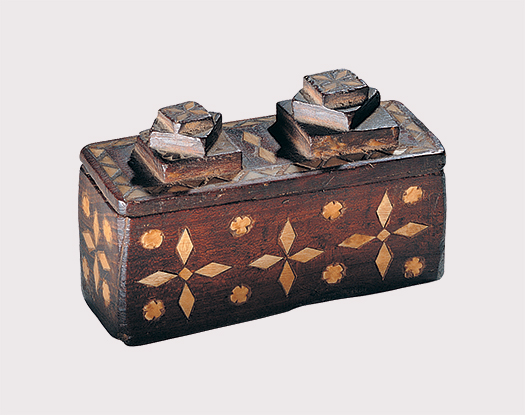
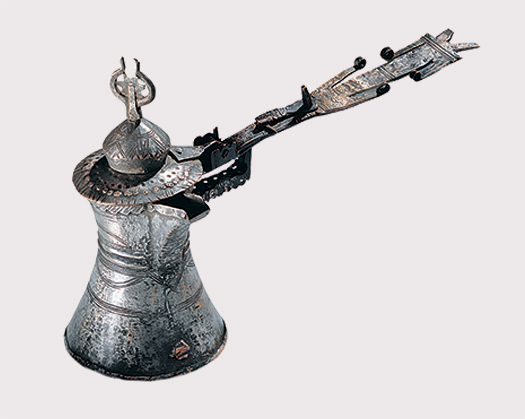
Turkish Coffee is made from medium roasted, finely ground beans. It is boiled very briefly either with or without sugar. It is best if it has a good froth. It was originally cooked in tinned brass or copper vessels. Later, these were replaced by “cezve” made of copper or brass, which remain in use today.
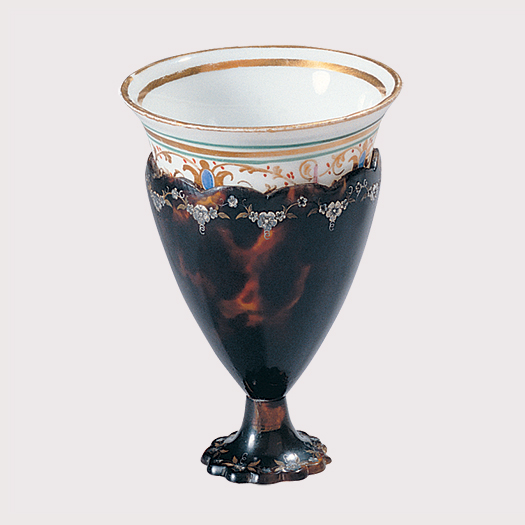
Turkish Coffee has always served as a symbol of love, respect and hospitality. Turkish Coffee was served in special coffee sets by “kahveci güzeli” or coffee beauties in an atmosphere of great solemnity. A coffee set consisted of a coffee cloth, tray, cup holders, cups and saucers, as well as a serving “güğüm” that helped to keep the coffee warm. The finest trays, cup holders and saucers were made from “tombak”, or gilt copper. Later, these were made from silver and copper. Decorated with the “tuğra” or imperial seals, carvings or bas-relief work, they represent the pinnacle of Turkish metal workmanship. Handleless cups with holders were made of fine porcelain or china. The cups with holders were replaced over time by the handled cups made of porcelain and occasionally china that we use today.
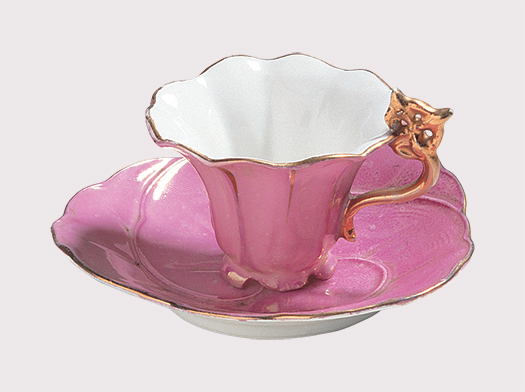
Turkish Coffee is the precursor of all the varieties of coffee served in Europe and around the world. Kurukahveci Mehmet Efendi has been producing world-renowned delicious Turkish Coffee since 1871 and is synonymous with the rich history of the beverage.

